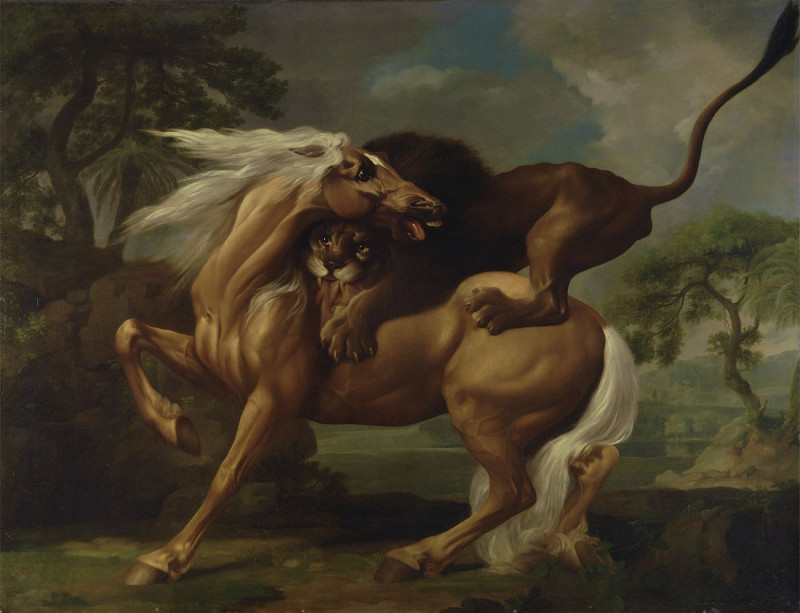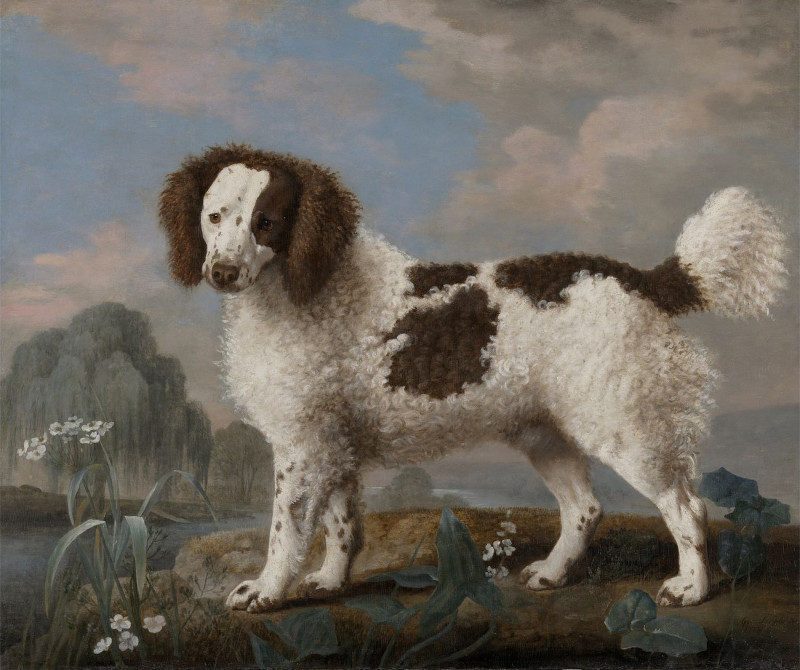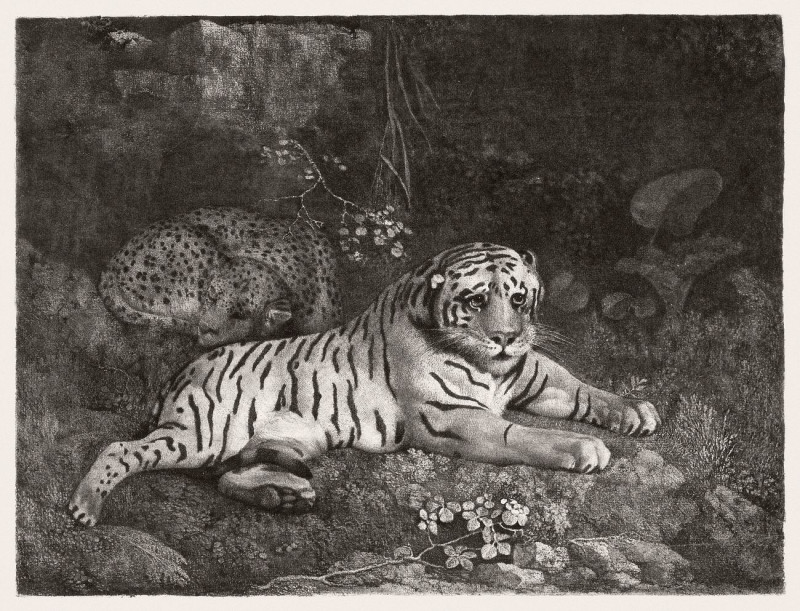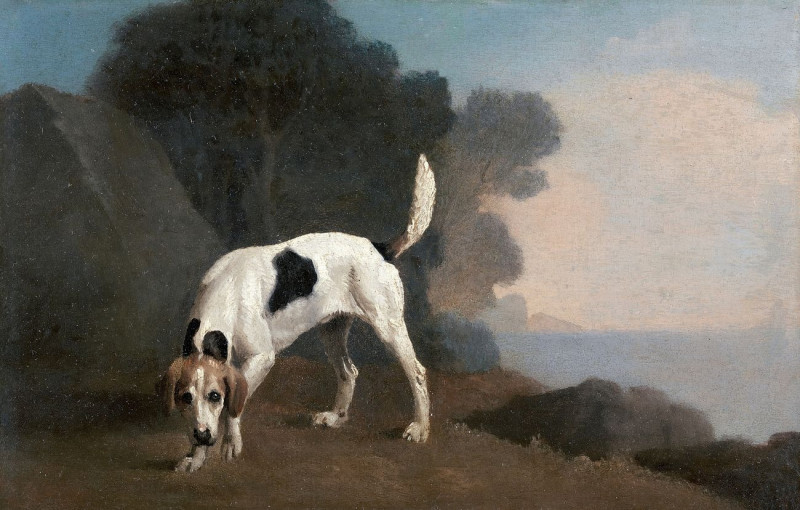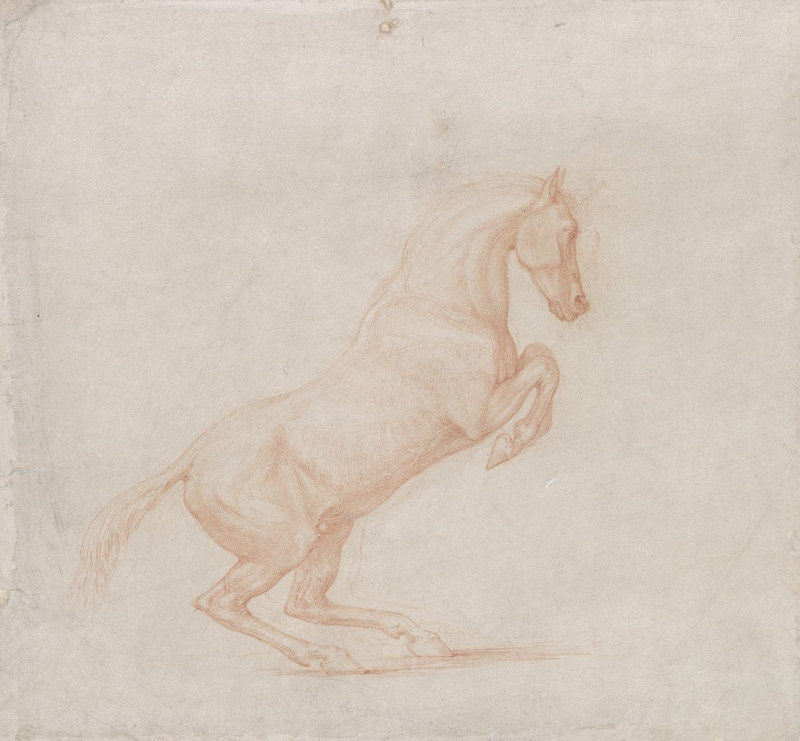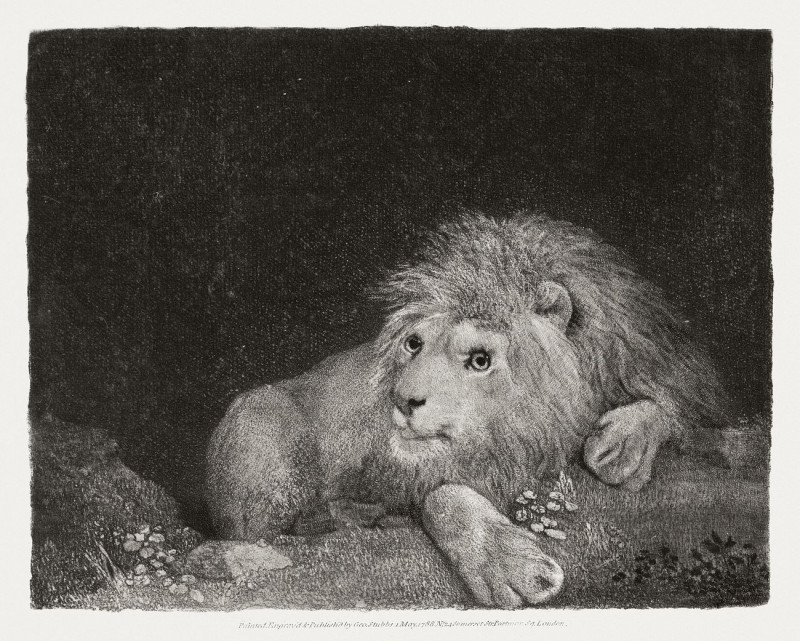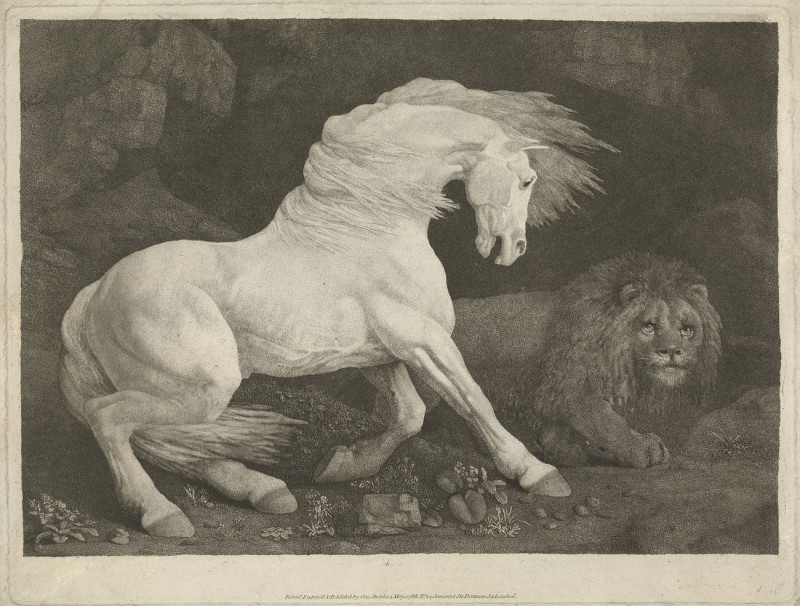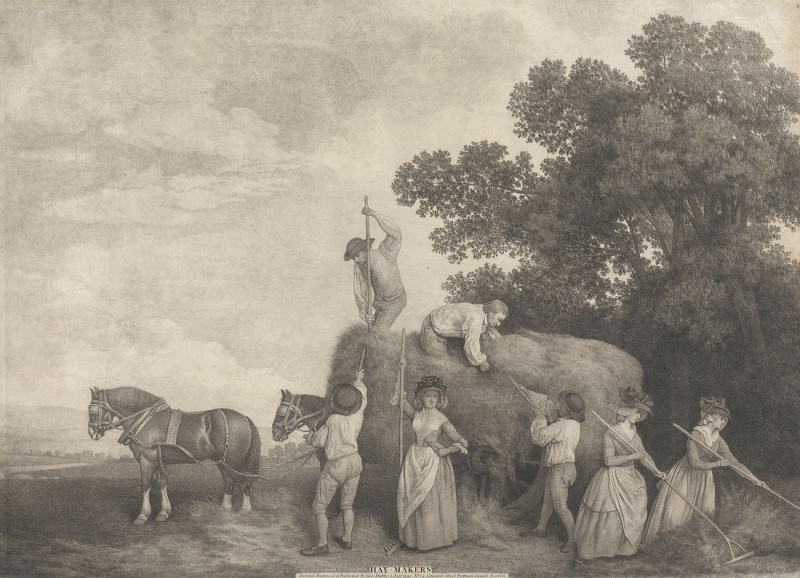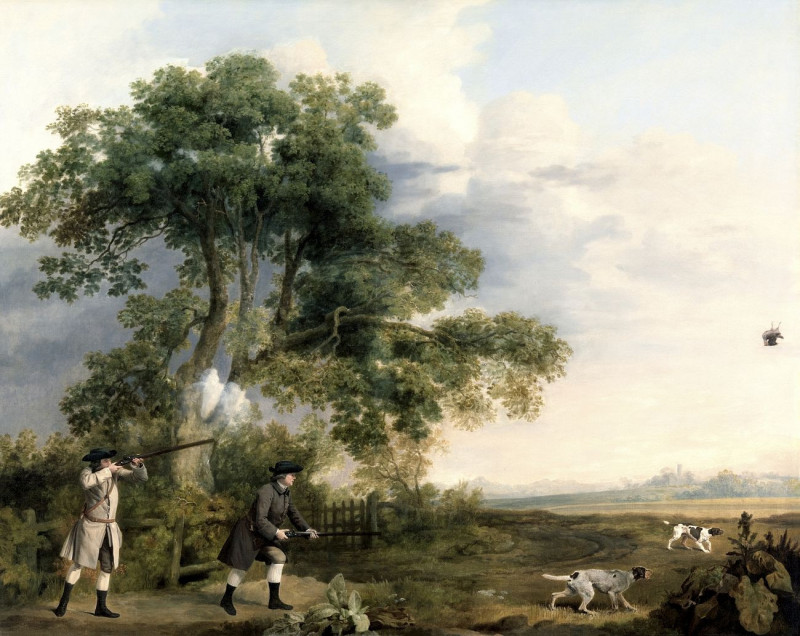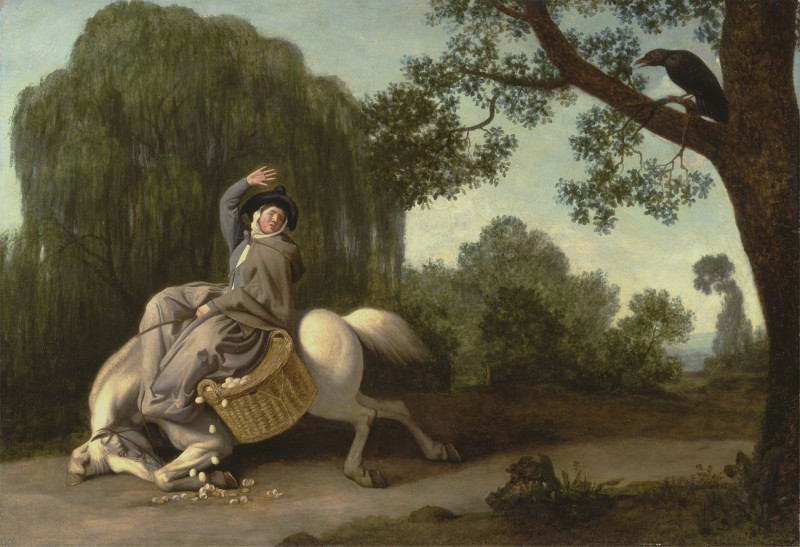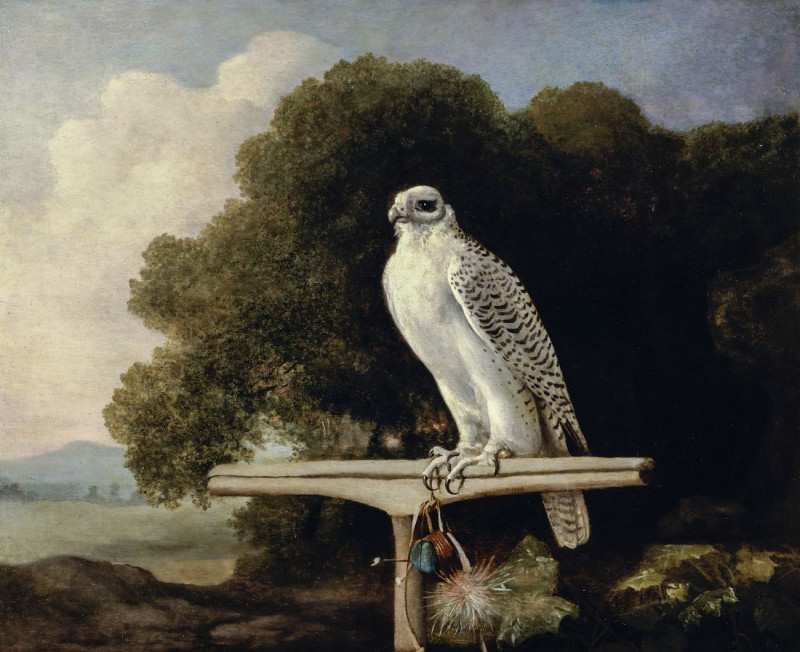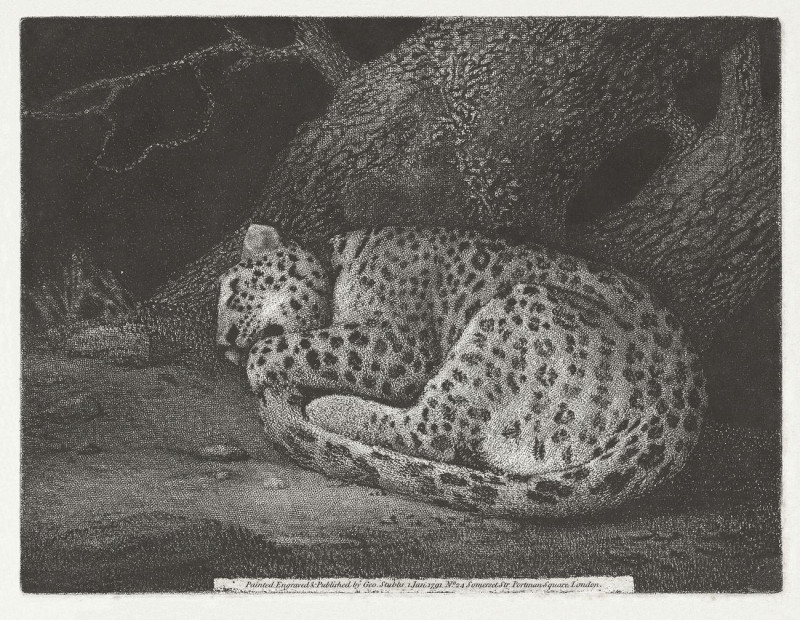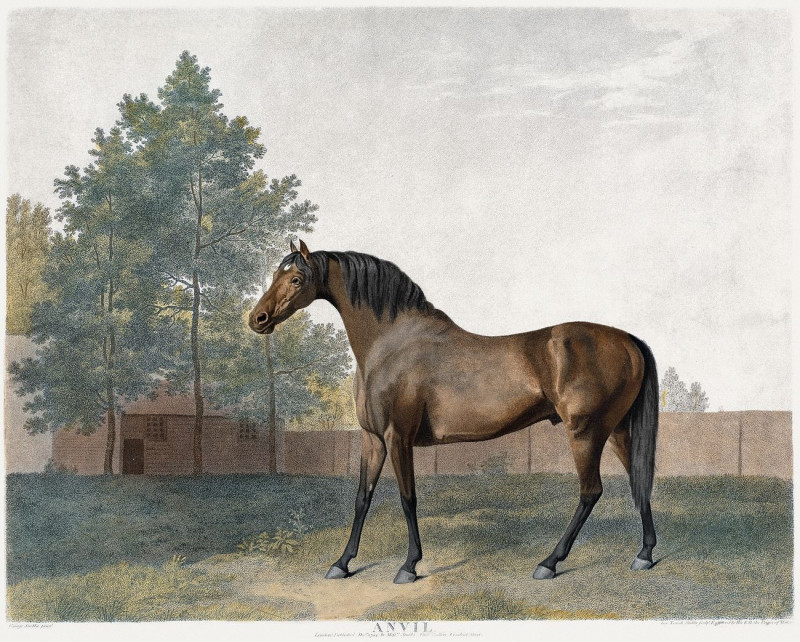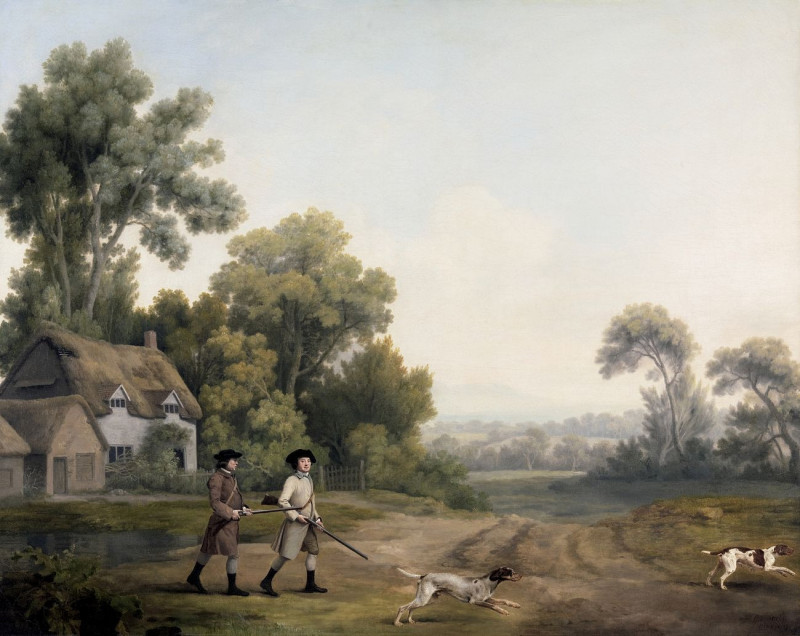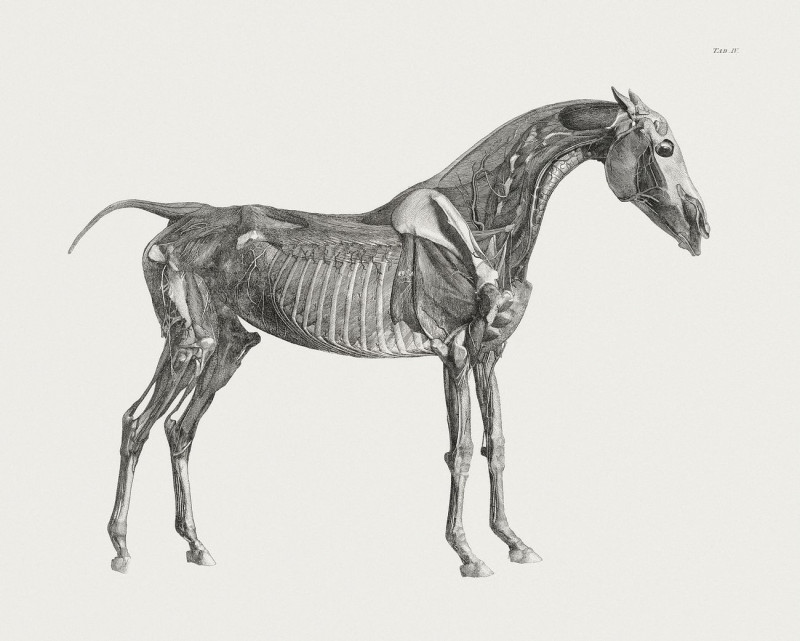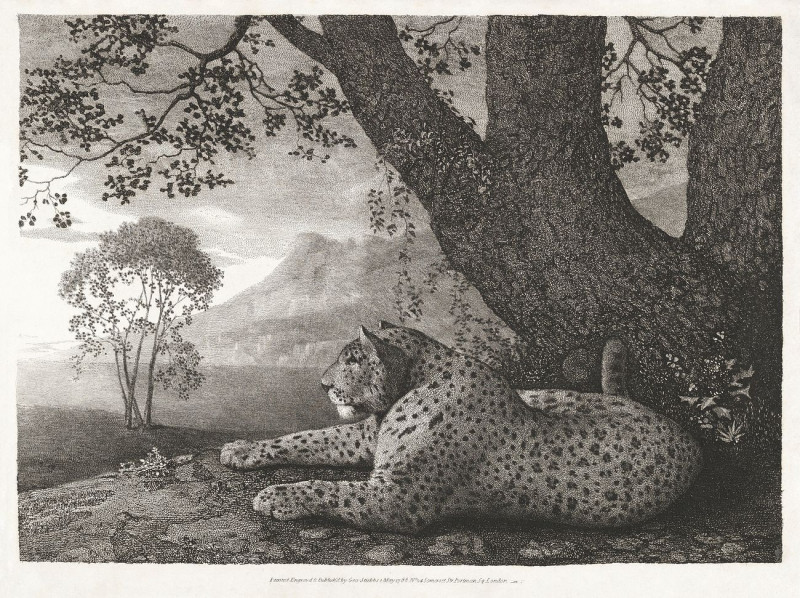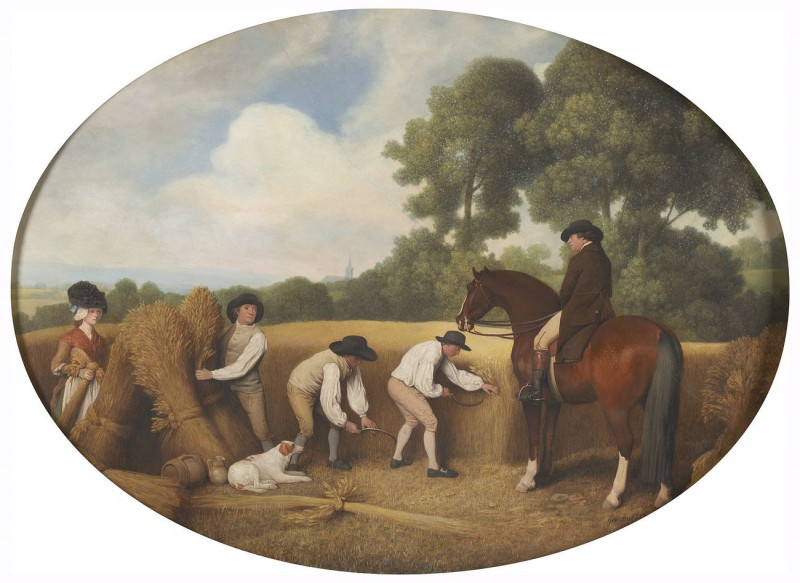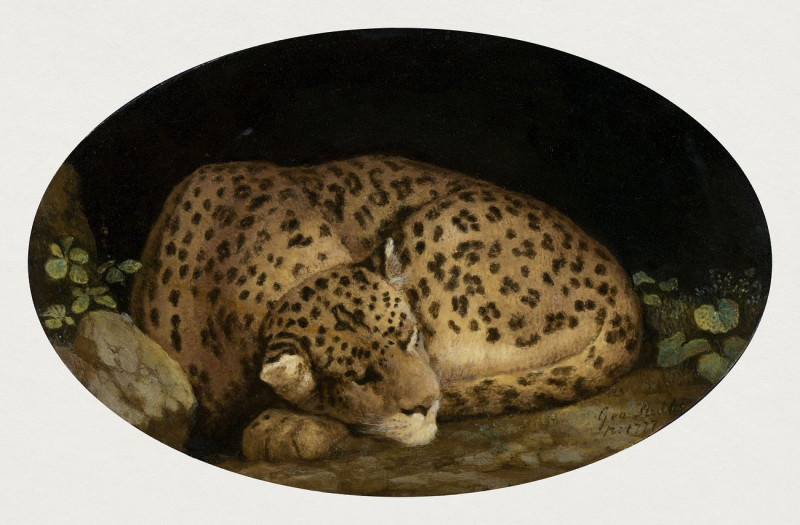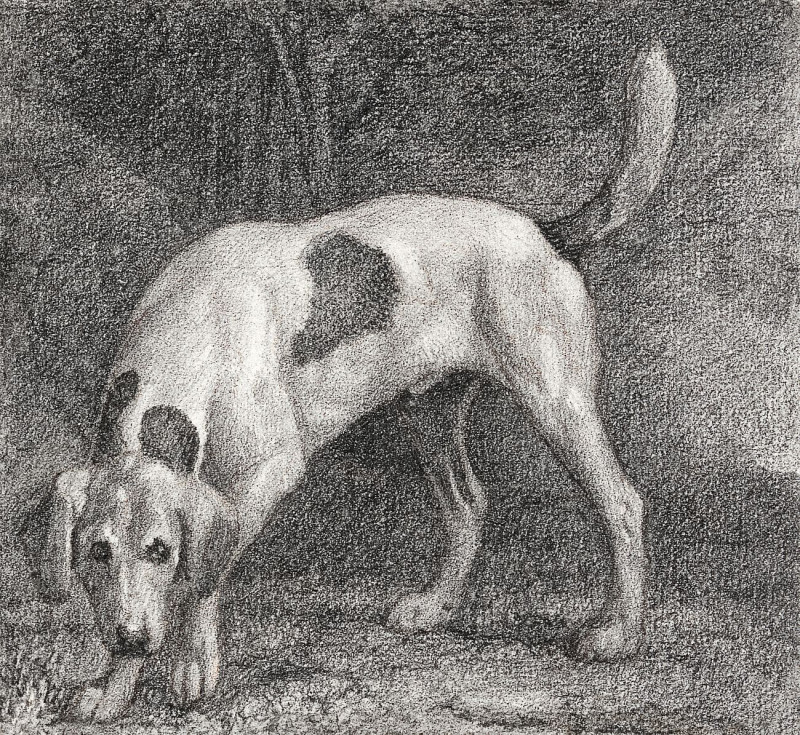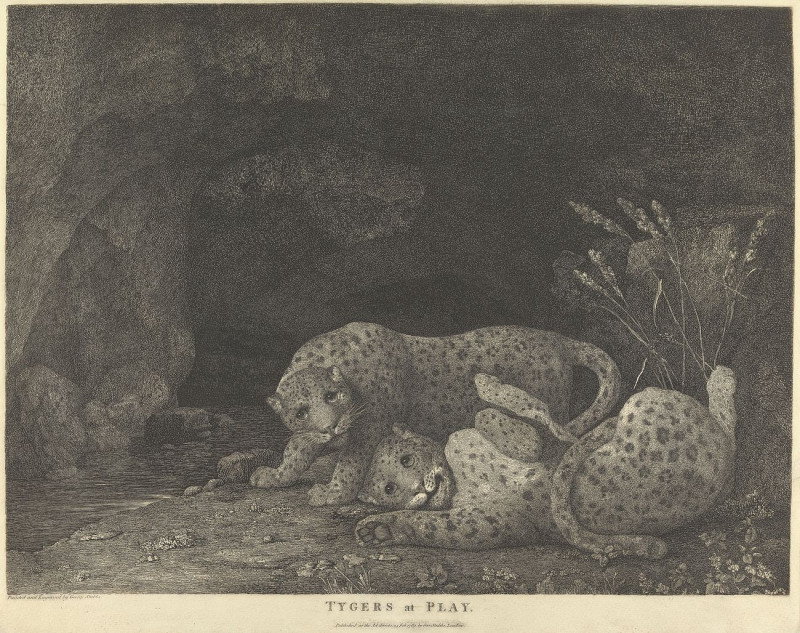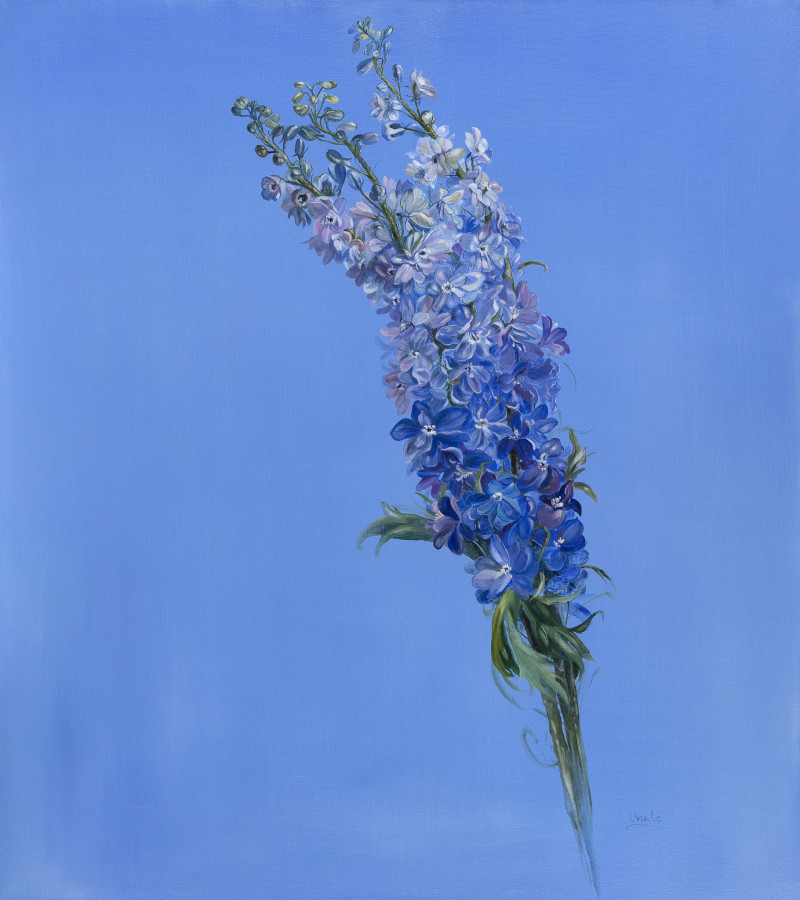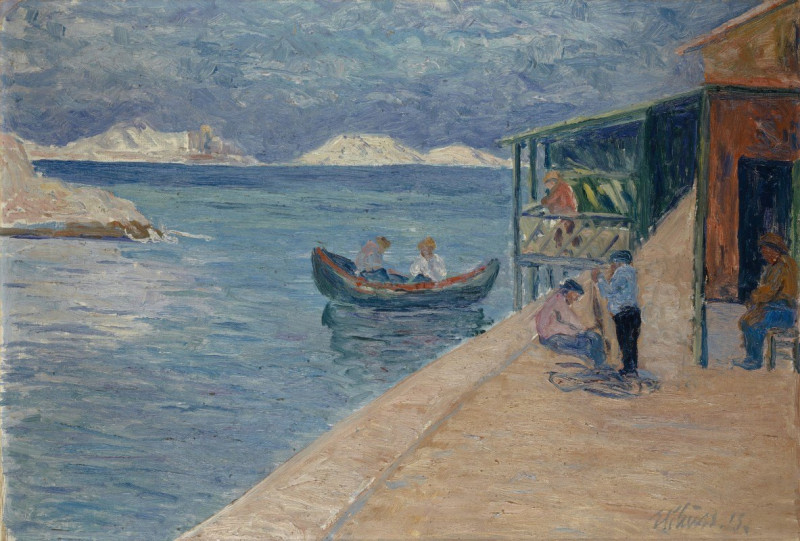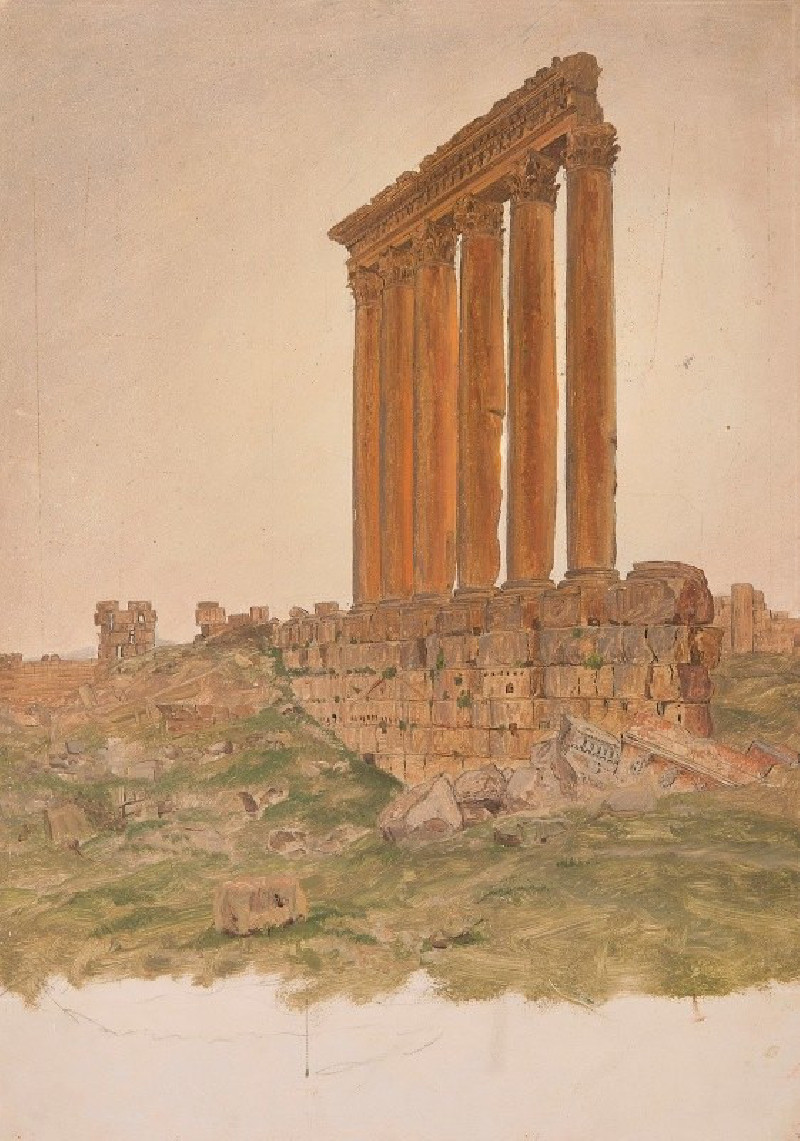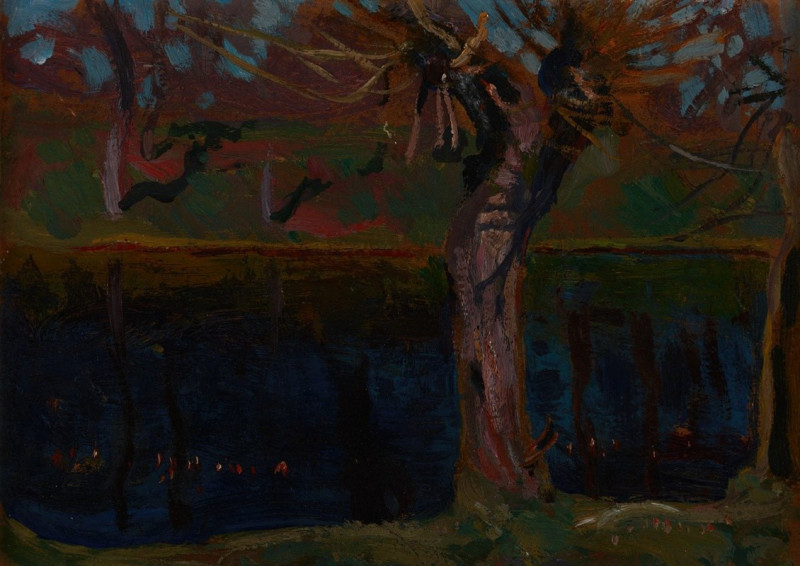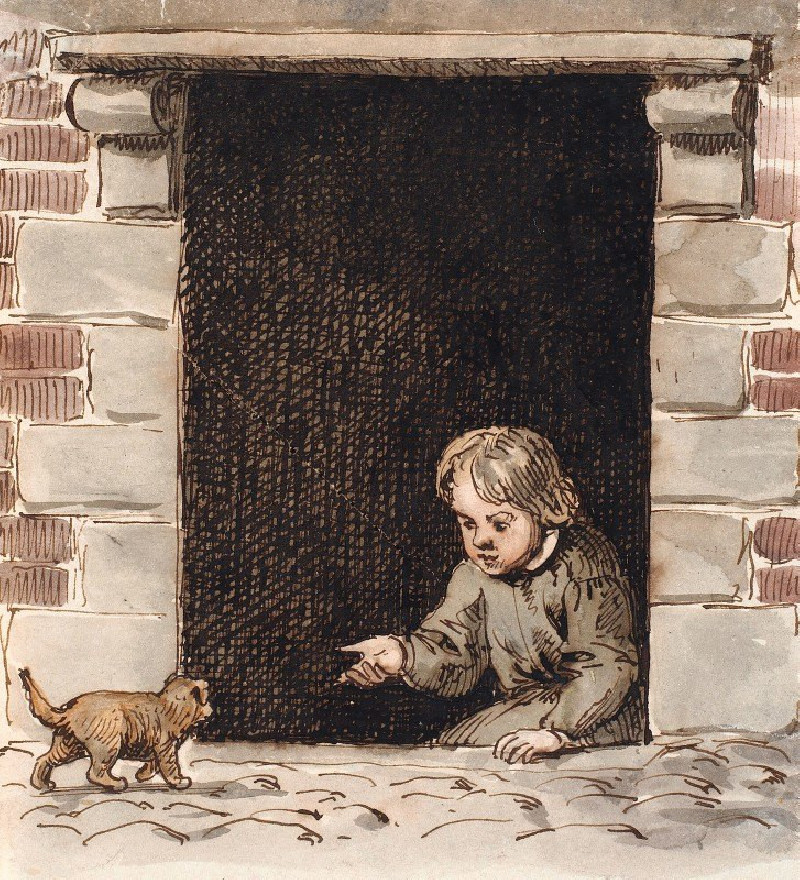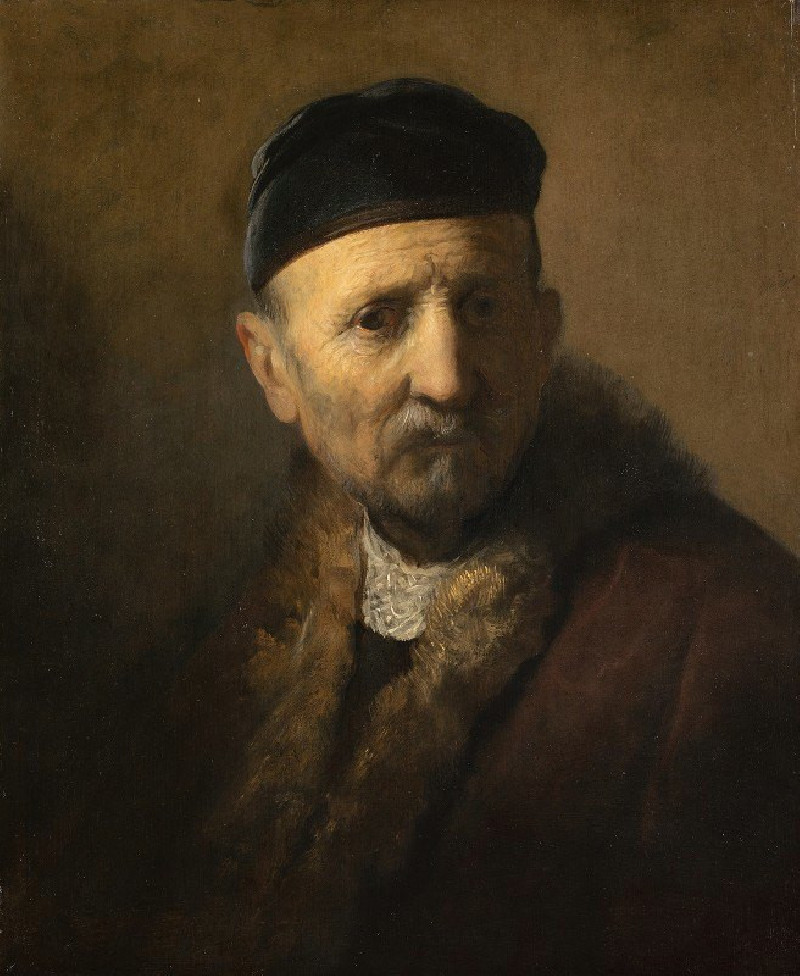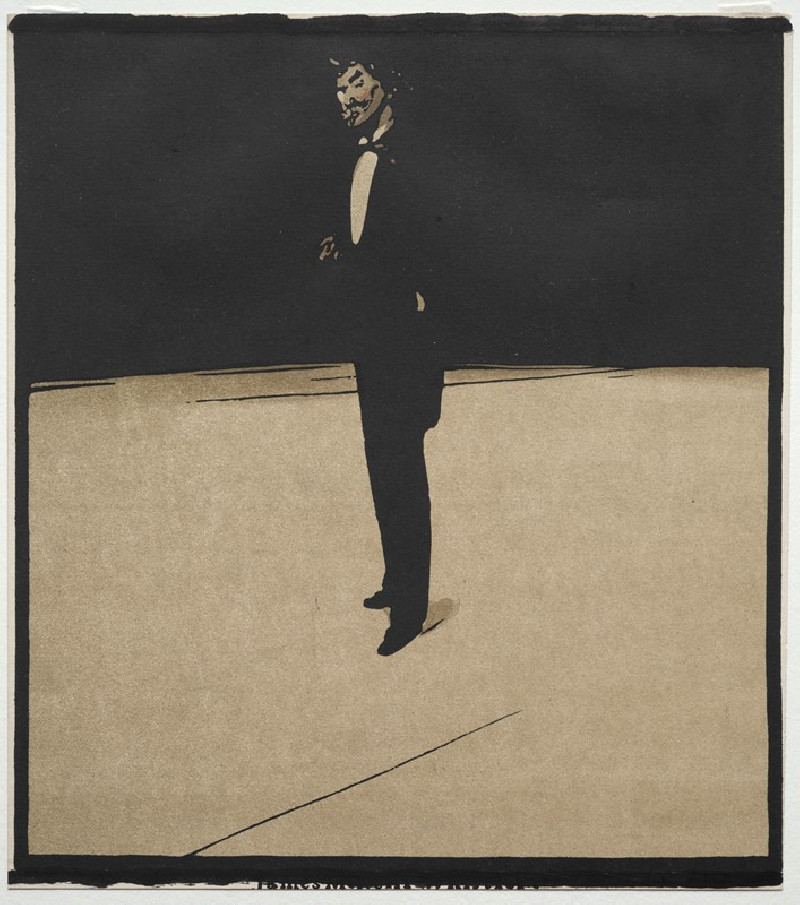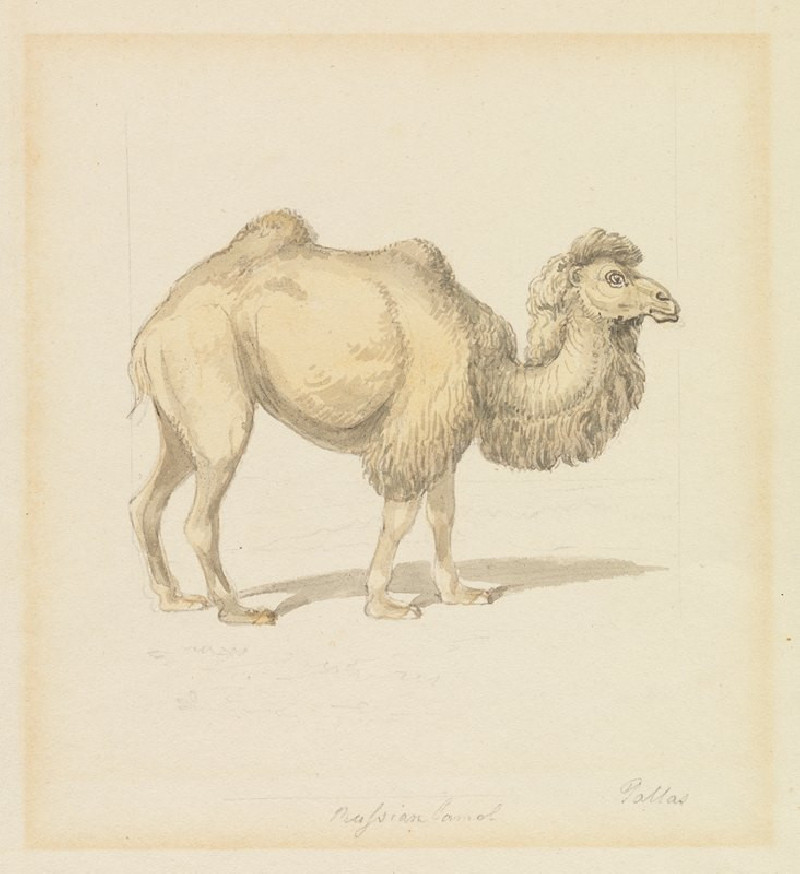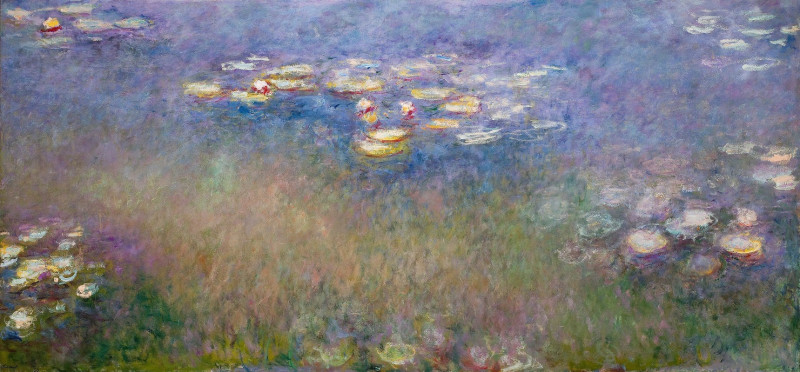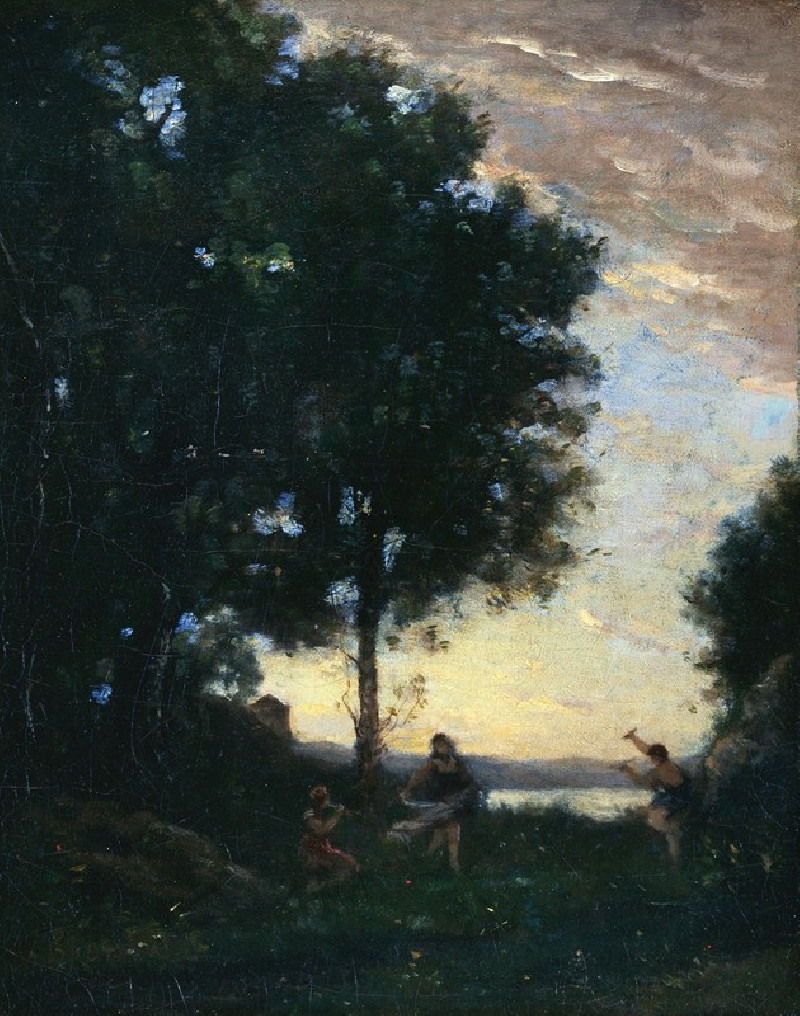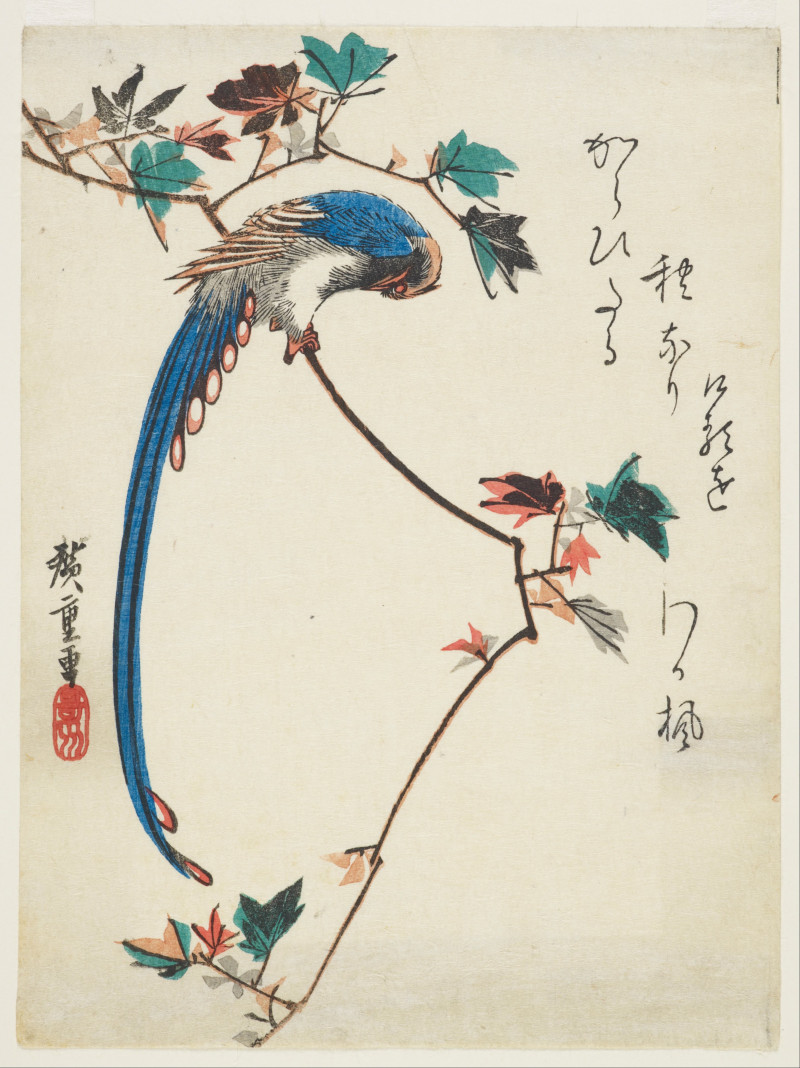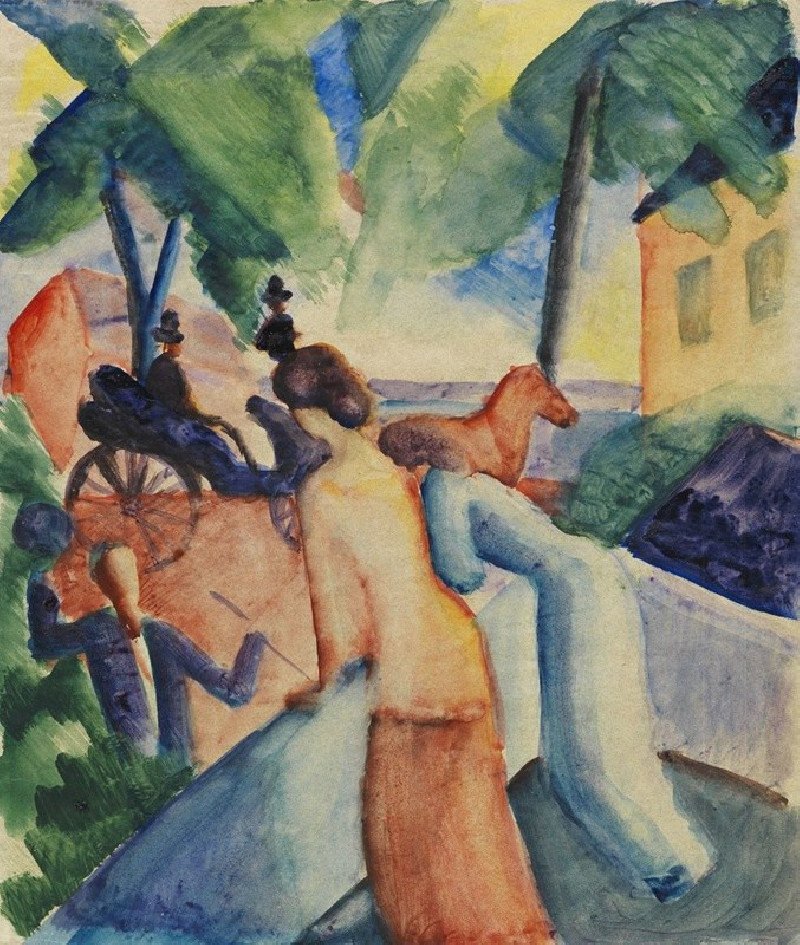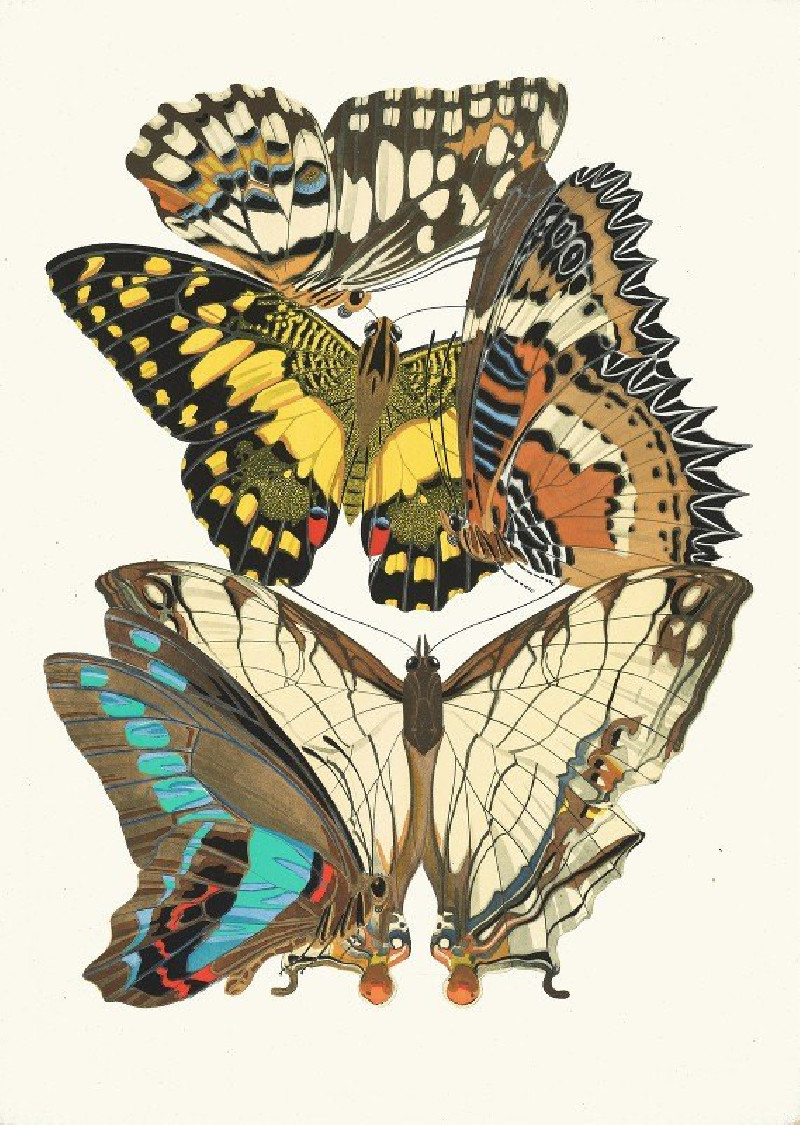A Lion Attacking A Horse
Technique: Giclée quality print
Recommended by our customers
More about this artwork
This painting by George Stubbs, titled "A Lion Attacking a Horse," is a vivid and dramatic piece that captures a moment of intense action. The scene is set in a lush, yet somewhat somber landscape, possibly suggestive of an untamed wilderness. In the foreground, the drama unfolds with a powerful, tawny lion attacking a pale horse. The lion has its jaws clasped around the horse's neck, and its claws dug into the horse's flesh, emphasizing the ferocity of the attack. The horse, with its mane and tail flowing dramatically, is reared up on its hind legs in a desperate attempt to escape or fight off its attacker.The background offers a contrast to the tense struggle in the foreground; it features tranquil elements like trees and a distant body of water under a cloudy sky, which might imply a natural world that is indifferent to the violent struggles happening within it.Stubbs, known for his meticulous depiction of animals, showcases his keen observation and ability to depict muscle, tension, and movement. The anatomical precision in both the lion and the horse, along with the dynamic composition and the use of light to highlight the drama, creates a compelling and emotionally charged painting. This piece not only reflects Stubbs' fascination with the natural world and animal behavior but also engages themes of survival and conflict, resonating with the viewer's sense of awe and fear.
Delivery
Returns
George Stubbs (25 August 1724 – 10 July 1806) was an English painter, best known for his paintings of horses. Self-trained, Stubbs learnt his skills independently from other great artists of the 18th century such as Reynolds and Gainsborough. Stubbs' output includes history paintings, but his greatest skill was in painting animals, perhaps influenced by his love and study of anatomy. His series of paintings on the theme of a lion attacking a horse are early and significant examples of the Romantic movement that emerged in the late 18th century. He enjoyed royal patronage. His painting, Whistlejacket hangs in the National Gallery, London.

